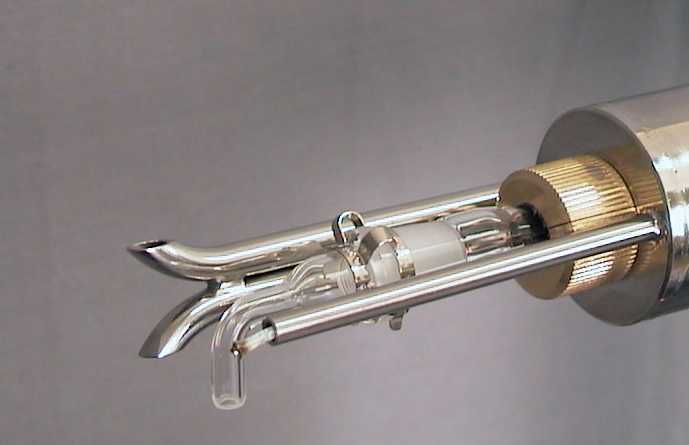
Service
Comparative Measurement NOx
Comparative measurements of NOx according to NFS 2016: 13 are performed annually for control of boilers that are covered by the Swedish Environmental Protection Agency’s regulations on environmental tax on emissions of nitrogen oxides in energy production.
We help you with measurement and report for your NOx declaration
On 1 July 2017, the new regulations on measuring equipment for determining the environmental charge on emissions of nitrogen oxides during energy production (NFS 2016:13) came into force. The nitrogen oxide levy is an economic control tool with the aim of reducing emissions and reaching the environmental quality goals of acidification, eutrophication and fresh air.
Is your facility subject to the NOx fee? (Sweden only)
According to the Swedish Environmental Protection Agency, companies that operate boilers, gas turbines and stationary combustion engines for electricity and/or heat production with an annual production of at least 25 GWh are covered. There are exceptions to this rule that appear in law 1990:613, including the pulp industry’s soda boilers and lye boilers.
Comparative measurements, as the name suggests, involve us comparing values from the facility’s fixed measurement system with those measured by the accredited air laboratory (Metlab). The comparative measurement consists of 10 measurement value pairs which can vary in length depending on the fuel. These are supplemented with traversing flow measurements in order to then be able to draw conclusions about the plant’s total NOx emission.
How does it work?
Comparative measurements, as the name suggests, involve us comparing values from the facility’s fixed measurement system with those measured by the accredited air laboratory (Metlab). The comparative measurement consists of 10 measurement value pairs which can vary in length depending on the fuel. These are supplemented with traversing flow measurements in order to then be able to draw conclusions about the plant’s total NOx emission.
If you have any questions regarding comparative measurements – do not hesitate to contact us!
 Svenska
Svenska English
English